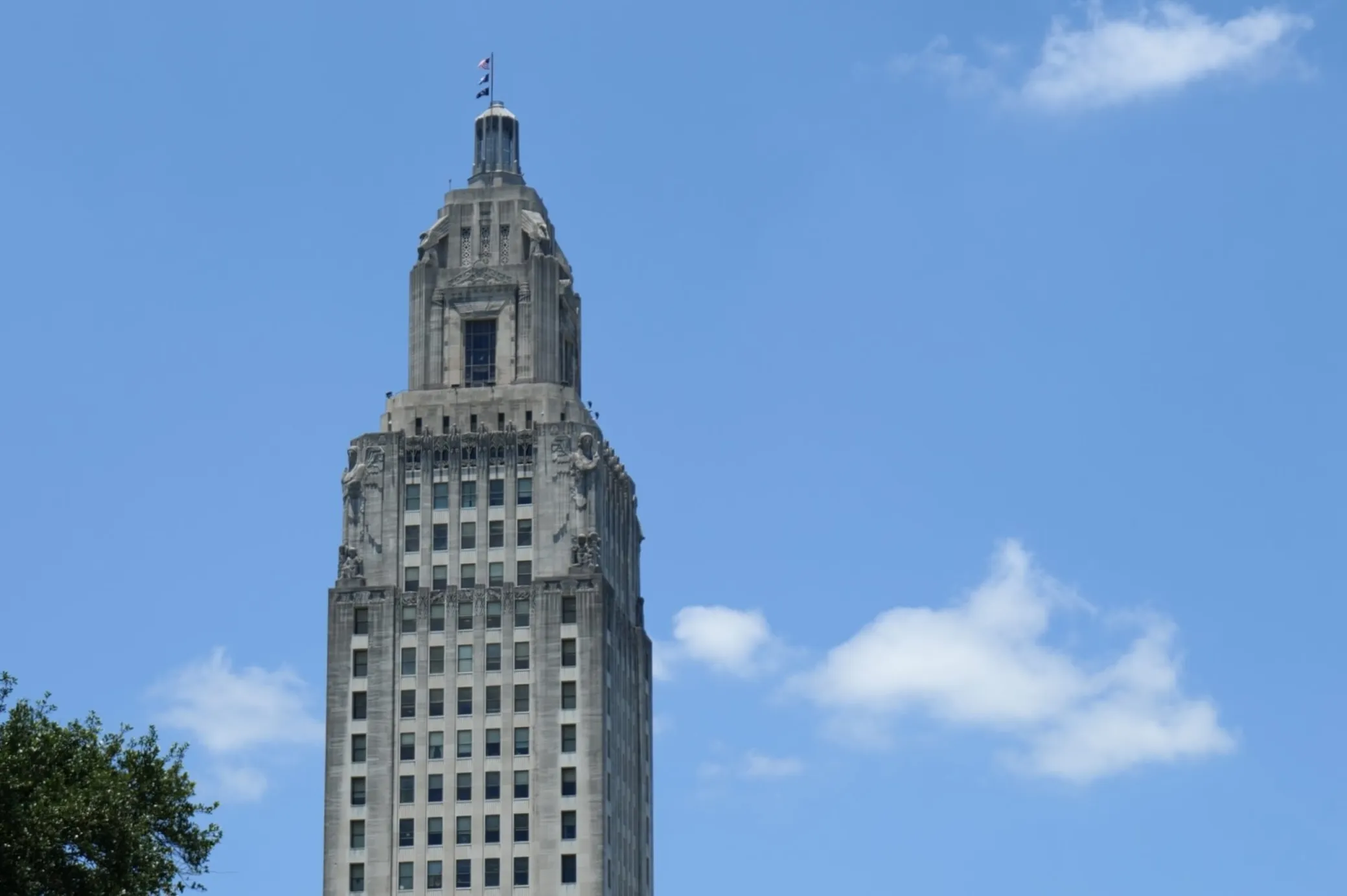State lawmakers returned to the Capitol today for their third legislative session―this one for tax reform. Gov. Jeff Landry’s Louisiana Forward tax reform package includes 10 bills aimed at…
Already an INSIDER? Sign in.
We are glad you enjoy reading Business Report.
Continue reading this story and get ACCESS to all our content from any device with a subscription now.
- Get access to more than a decade of story archives.
- Get access to our searchable data center of TOP LISTS.
- Get exclusive content only available to INSIDERS.


